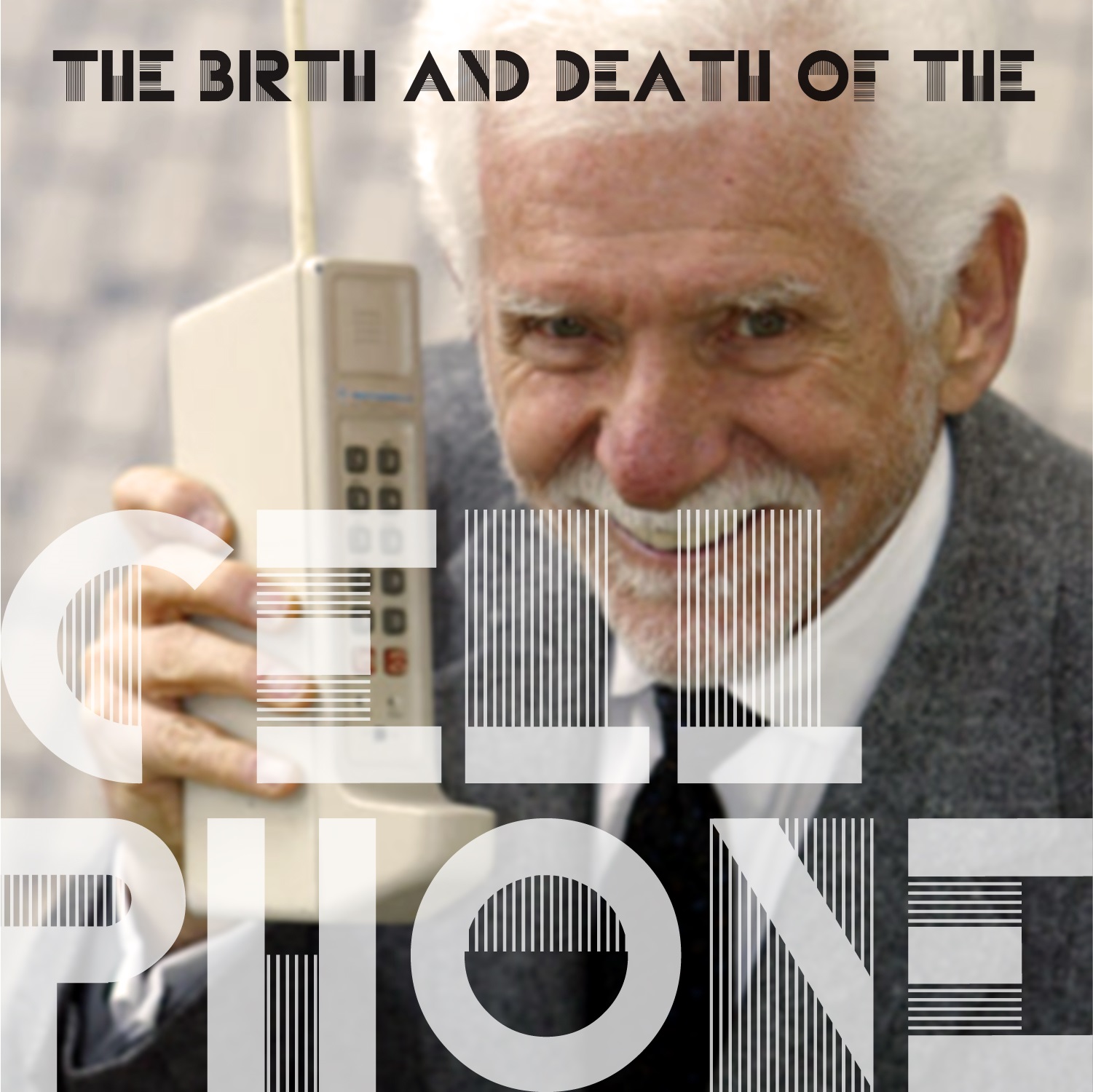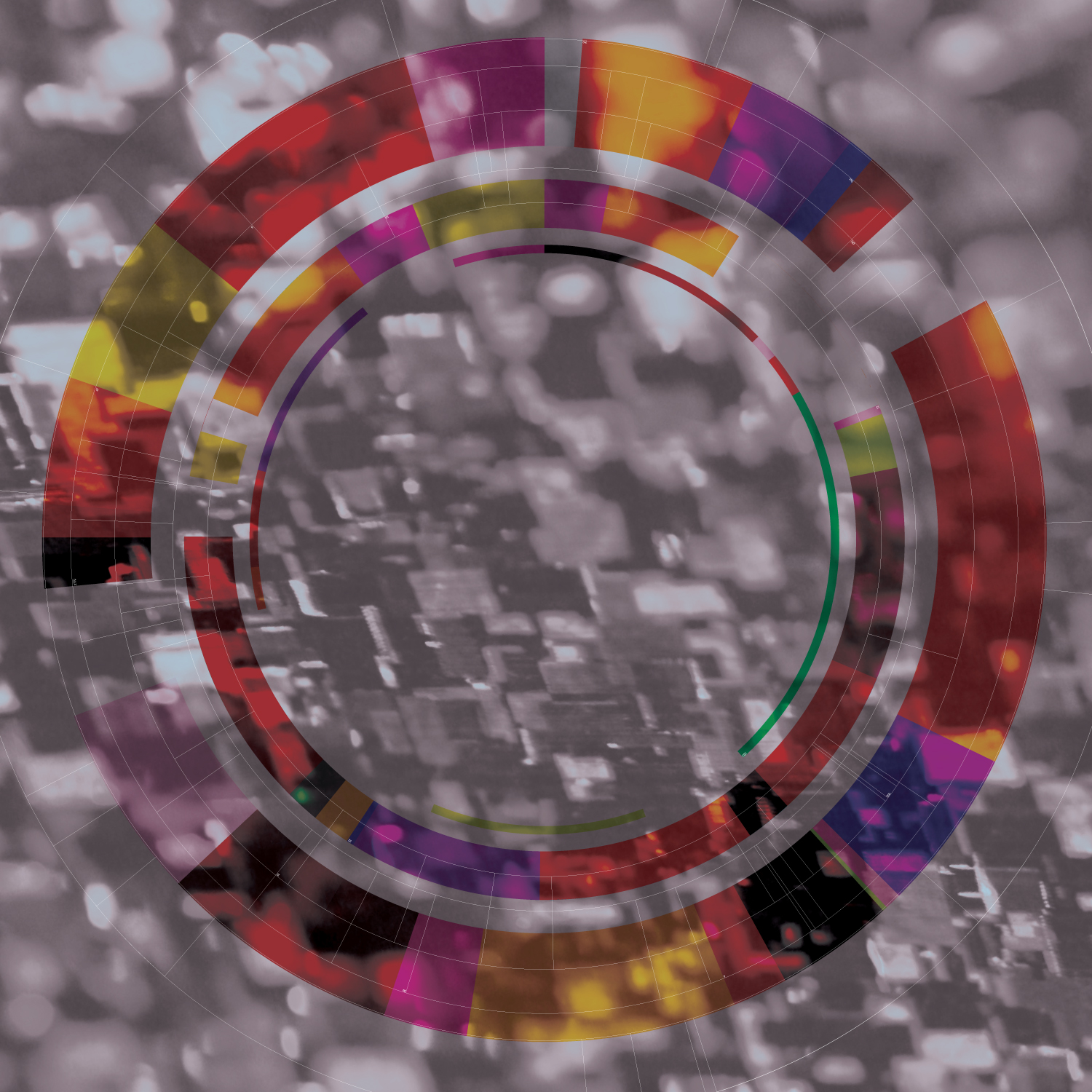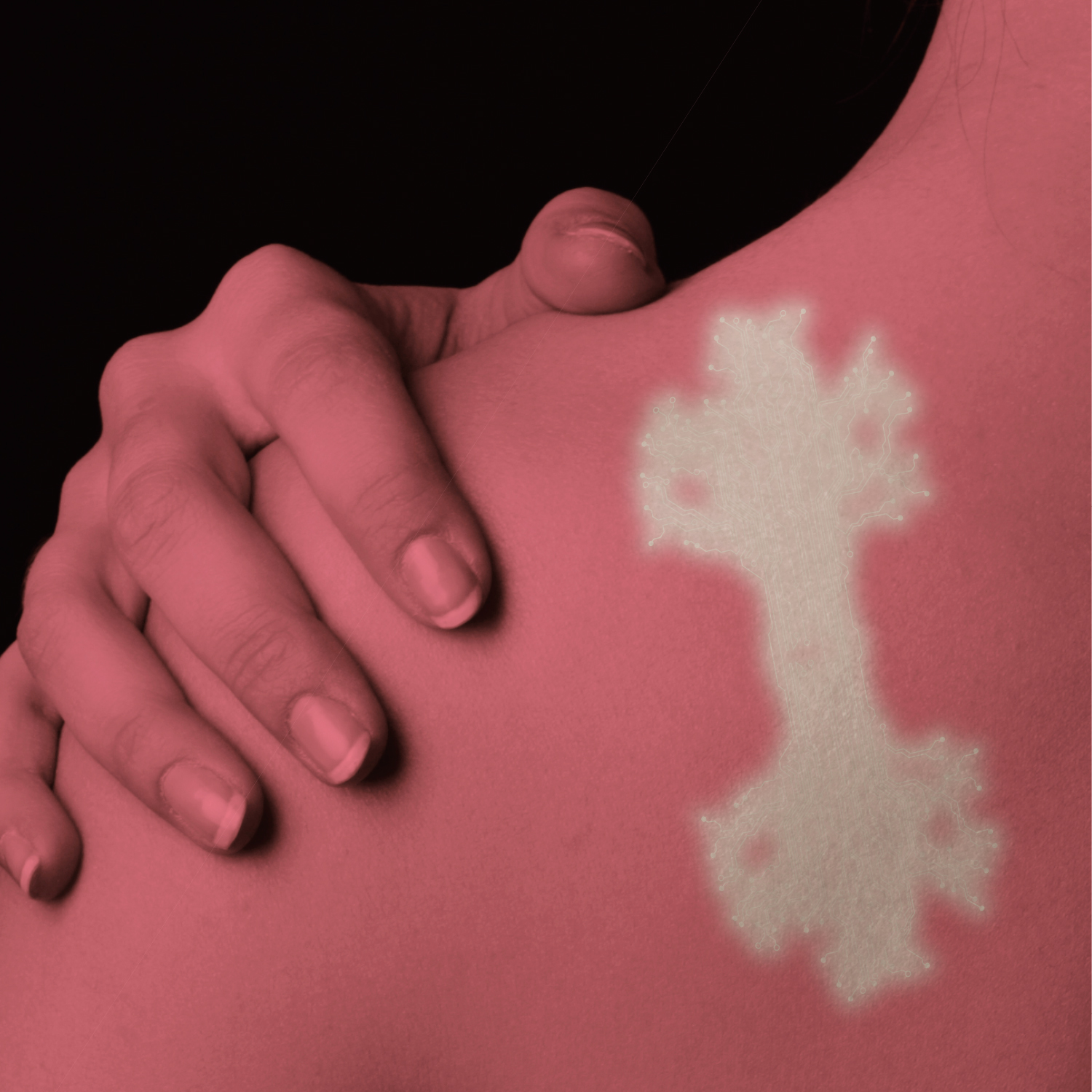Events
C2ST achieves its mission by hosting relevant, independent, and credible public STEM programs across all scientific fields at locations throughout Chicagoland. With nine out of ten program attendees’ expectations fulfilled, our supporters agree that C2ST is accomplishing its mission of increasing the public’s understanding of science and technology.
Miss an event? Anyone across the globe can access our STEM program library by visiting our YouTube channel, C2ST TV. Also be sure to follow us on Facebook, where we livestream many of our programs.
Check out below what programs we have planned and discover what we’ve hosted in the past.
The following testimonial from a C2ST supporter demonstrates the scope of our programming:
“A few years ago you hosted a talk called “The Science of Addiction”…I am a mother of a son who has been battling heroin addiction (substance abuse disorder)…As a person who taught and believed in science, I was frustrated going to family meetings where I was told repeatedly we were powerless. Then I attended the lecture hosted by C2ST and asked the question of what we could do to help support their research…Thank you so much! This lecture gave me direction and helped me feel like I had a purpose.”
Filter Events
July 21, 2015
Geek Bar Beta
1941 West North Avenue, Chicago, IL, USA
Program Series:
Technology and Engineering
In the robotics community, there is considerable interest in mobile robots that can climb and perch on a wide variety of building surfaces. Both climbing and perching robots can be useful for sensor placement and long-term surveillance. The key is the design of controllable attachment mechanisms that can easily turn the adhesion on and off to allow the robot to move on the surface. Read more…
November 10, 2014
Herman Hall Ballroom, Illinois Institute of Technology
3241 South Federal Street, Chicago, IL, USA
Program Series:
Technology and Engineering
Chicago Council on Science and Technology is pleased to co-present
The Birth and Death of the Cell Phone,
Part of Illinois Institute of Technology’s Presidential Lecture Series
January 30, 2014
Advanced Photon Source Auditorium at Argonne National Laboratory
9700 S Cass Ave, Lemont, IL, USA
Program Series:
Technology and Engineering
From tennis rackets to sunscreen, from stained glass windows to computer memory, the applications of nanoscale materials research are all around us. New television displays, cell phones and other digital devices incorporate nanostructured polymer films known as light-emitting diodes, or OLEDs. Read more…
January 22, 2014
Northwestern University, Chicago Campus, Hughes Auditorium
303 East Superior Street, Chicago, IL, USA
Program Series:
Technology and Engineering
Beverage cans. Jet Engines. Silicon semiconductors. All of these inventions have crystallography, the study of ordered structures, to thank. 100 years ago, the process of X-ray crystallography was discovered, allowing the atomic order of many materials to be determined. Read more…
December 11, 2013
Northwestern University, Chicago Campus, Hughes Auditorium
303 East Superior Street, Chicago, IL, USA
Program Series:
Technology and Engineering
From tennis rackets to sunscreen, from stained glass windows to computer memory, the applications of nanoscale materials research are all around us. New television displays, cell phones and other digital devices incorporate nanostructured polymer films known as light-emitting diodes, or OLEDs. Read more…
November 12, 2013
Northwestern University, Chicago Campus, Baldwin Auditorium
303 East Superior Street, Chicago, IL, USA
Program Series:
Technology and Engineering
Biology is soft, curvilinear and transient; modern silicon technology is rigid, planar and everlasting. Electronic systems that eliminate this profound mismatch in properties will lead to new types of devices, capable of integrating non-invasively with the body, providing function over some useful period of time, and then dissolving into surrounding biofluids.




